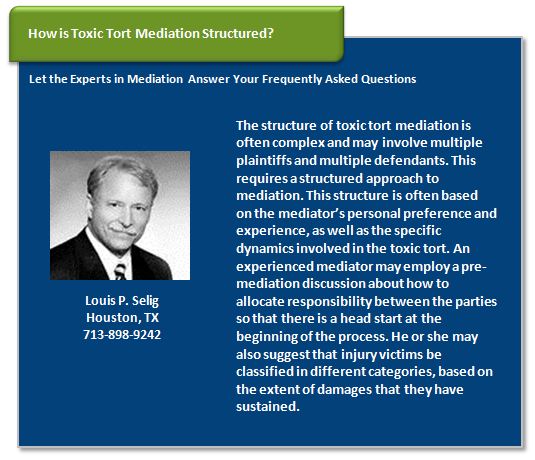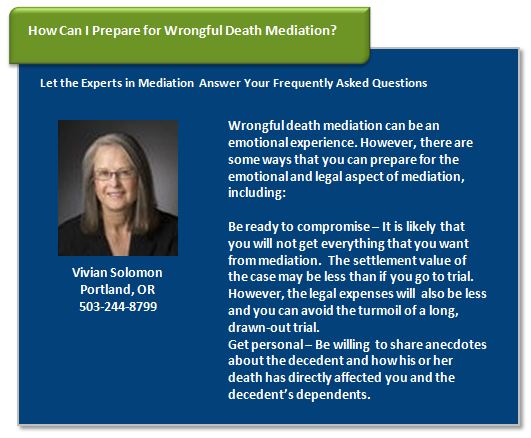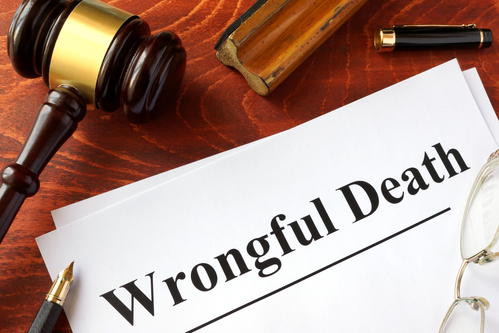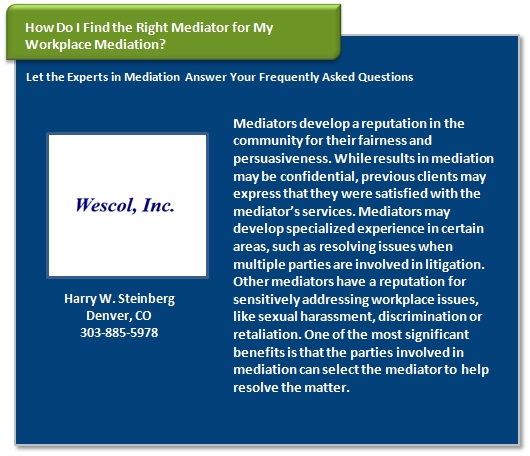 When a legal dispute arises with a neighbor, some people will rush into the process of litigation to defend their rights. However, this nuclear option may not be the strategy best suited for this situation. Litigation can often be time-consuming and expensive. Additionally, it can result in destroyed relationships. These characteristics make it an unappealing option for individuals who live near each other and see each other every day.
When a legal dispute arises with a neighbor, some people will rush into the process of litigation to defend their rights. However, this nuclear option may not be the strategy best suited for this situation. Litigation can often be time-consuming and expensive. Additionally, it can result in destroyed relationships. These characteristics make it an unappealing option for individuals who live near each other and see each other every day.
A more amicable option to resolve neighbor disputes is through mediation. This process involves the help of a third party neutral who tries to get the parties to resolve their dispute on their own terms. Mediators are specially trained in conflict resolution, and they put these skills to use to help bridge communication gaps between parties and to encourage collaboration. Mediators ask neighbors to be an important component of the resolution.
In litigation, the usual remedy is money damages. However, neighbors may have disputes about situations in which money damages may not be the most appropriate form of relief. For example, neighbors may have disagreements about boundary lines, water use, shared utilities, shared walls, noise, disturbances or other issues of a similar nature. Mediation can help solve these conflicts. Furthermore, it can do so in a way that allows the neighbors’ relationship to remain intact.
Mediation allows disputing parties to discuss their disagreements in a structured way. The mediator encourages dialogue between the parties. He or she talks to the parties and determines their interests, which may include something about the actual matter in dispute, as well as other goals, such as preserving a good relationship or avoiding the expense and frustration of a trial. The mediator may ask the parties to brainstorm possible solutions in an attempt to settle the dispute. Often, these ideas form the basis for a resolution of the matter.






 Toxic tort cases are often highly complex and may involve multiple parties and jurisdiction. These characteristics require the application of multiple approaches, often involving a combination of joint sessions and private caucuses to secure a favorable outcome. If the parties are able to compromise and consider each other’s positions, they may be able to craft unique outcomes, such as:
Toxic tort cases are often highly complex and may involve multiple parties and jurisdiction. These characteristics require the application of multiple approaches, often involving a combination of joint sessions and private caucuses to secure a favorable outcome. If the parties are able to compromise and consider each other’s positions, they may be able to craft unique outcomes, such as:
 Mediation is an important part of the litigation process and can actually help lead to an agreed-upon settlement so that the case is more quickly resolved. It can also be a more personal experience that allows loved ones to honor the decedent and approach the case from a point of dignity and compassion.
Mediation is an important part of the litigation process and can actually help lead to an agreed-upon settlement so that the case is more quickly resolved. It can also be a more personal experience that allows loved ones to honor the decedent and approach the case from a point of dignity and compassion. Mediation is an effective tool to choose for an amicable resolution of a wrongful death case. This process helps to keep the process confidential and keep it out of the courtroom. It can help the parties reach a settlement that is fair to both sides. Some important concepts to understand about this process includes:
Mediation is an effective tool to choose for an amicable resolution of a wrongful death case. This process helps to keep the process confidential and keep it out of the courtroom. It can help the parties reach a settlement that is fair to both sides. Some important concepts to understand about this process includes: